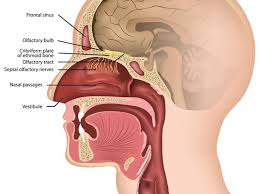A cancer diagnosis brings with it questions, challenges and uncertainty, for both patients and their loved ones. We understand that cancer changes your life. That is why we focus on caring for you as a whole person. These resources – including books, brochures, organizations and websites –Cancer offer guidance and emotional support for patients and families.
Emotional care
Physical care
Social care
Spiritual care
Supportive Oncology Services
A cancer diagnosis can bring with it a lot of anxiety and emotional stress. Through the emotional care pathfinders, individuals will be able to find resources to help them cope with the emotional and psychological effects of cancer.
Coping with Loss [PDF]
Mindfulness [PDF]
Coping after Cancer [PDF]
People with cancer are often want to know about eating well, getting enough sleep and staying physically fit. The physical care pathfinders provide resources for patients to help them stay well both during and after cancer treatment.
Eating Well
Fatigue (Tiredness)
Food Safety Guidelines
Physical Activity
Sleep and Rest
Quit Smoking
Cancer not only takes a physical and emotional toll, but it also has a tremendous social impact on areas of life such as personal relationships, career and finances. The books, brochures and websites in the social care pathfinders provide valuable information to help patients cope with the social changes that cancer may bring to their lives.
Family Distress
For Caregivers
How Do I Look?
Intimacy
Money Concerns
For many patients, spirituality or religion plays a very important role in their life. Our spiritual care pathfinder provides resources for patients to help them engage their spiritual side as they deal with cancer and its related issues.
Spiritual Care Resources
























